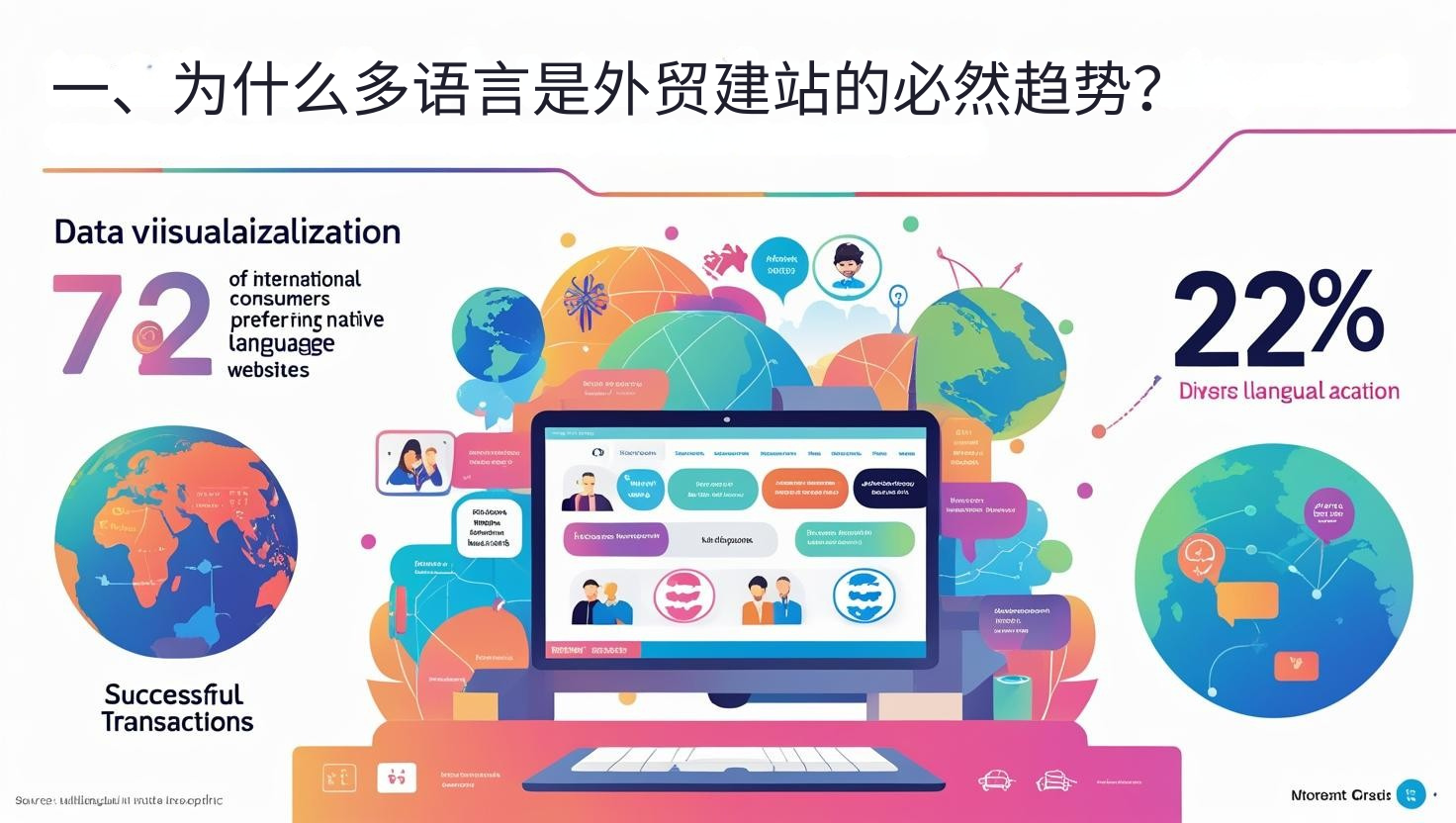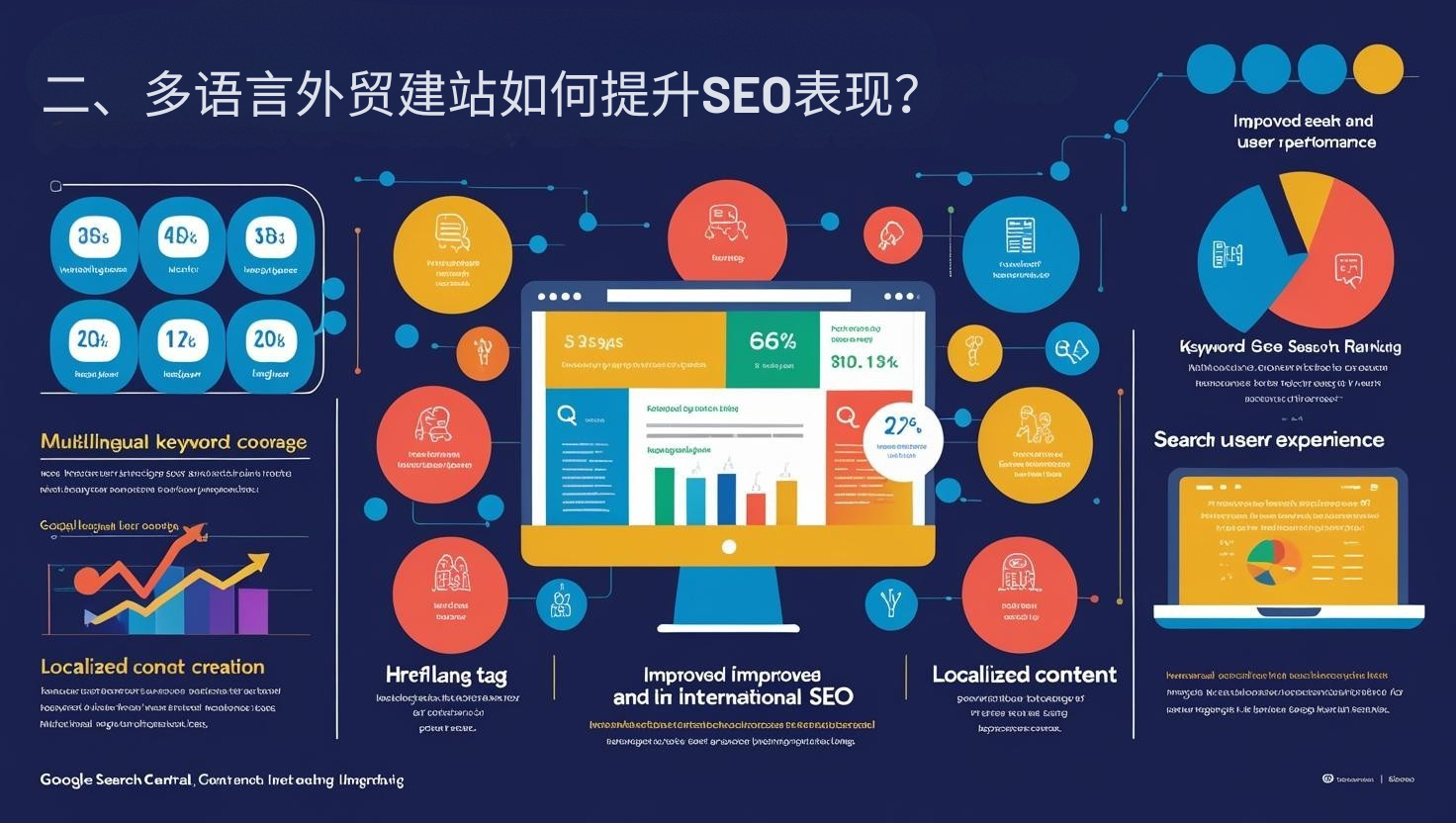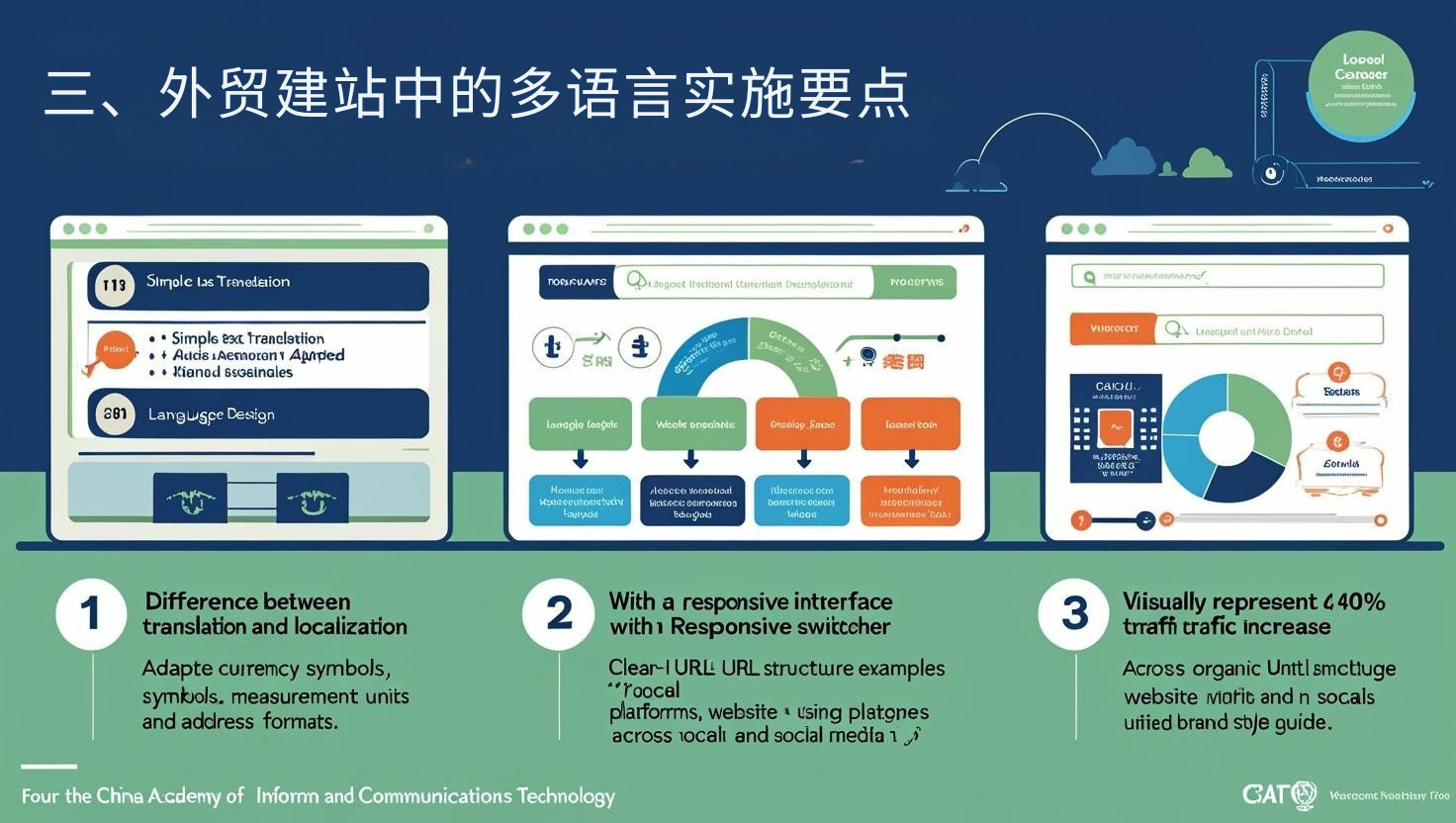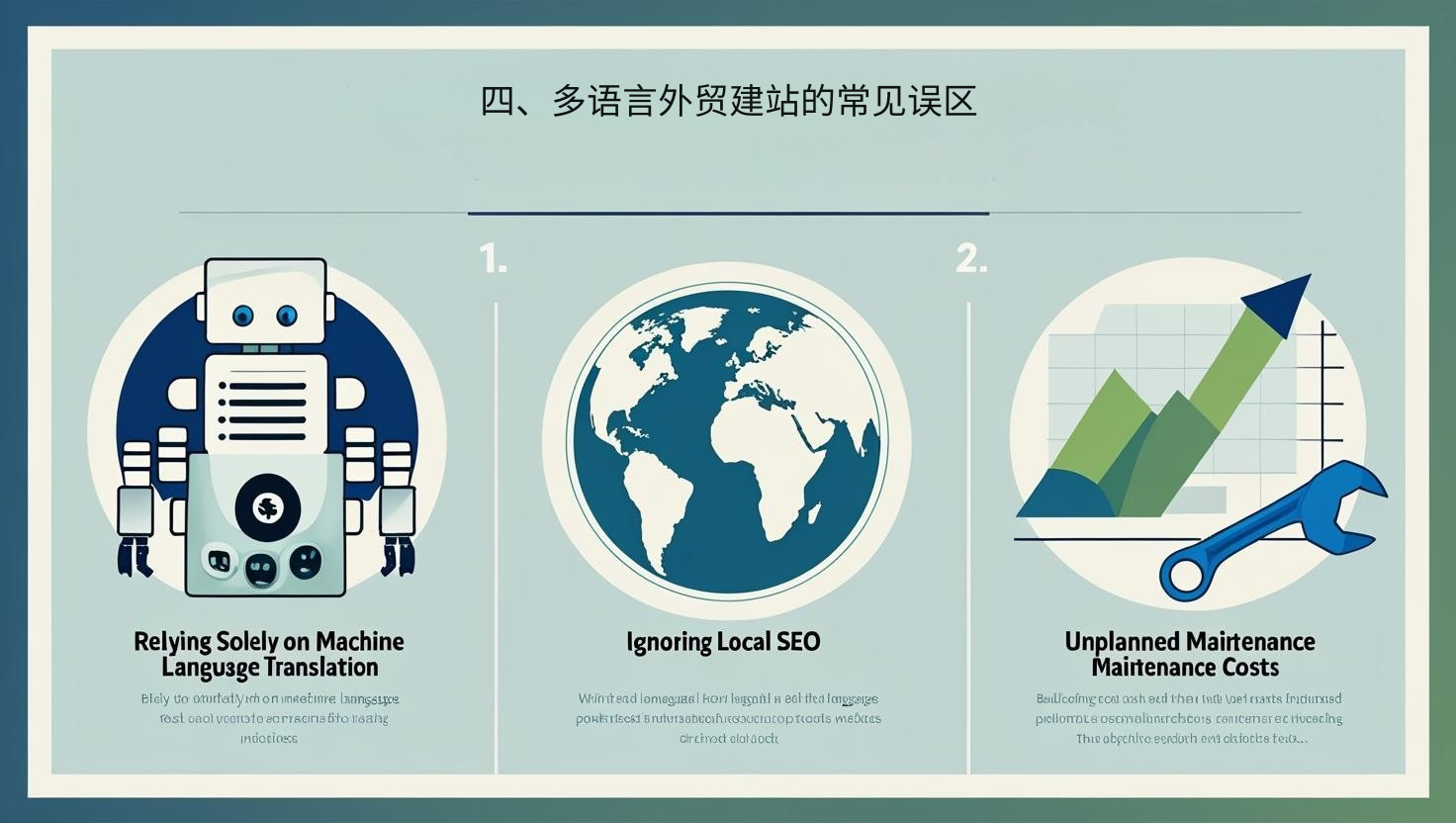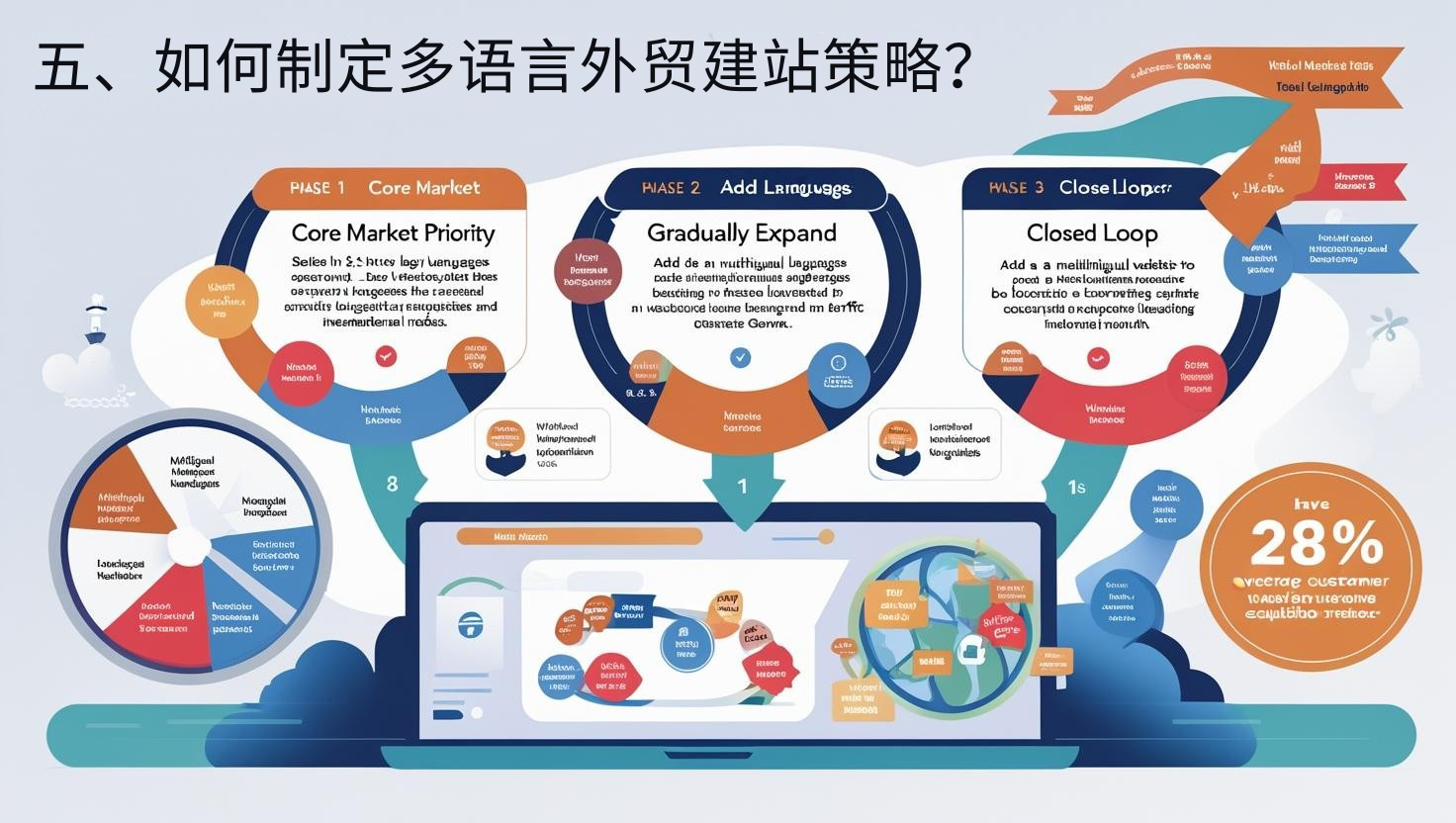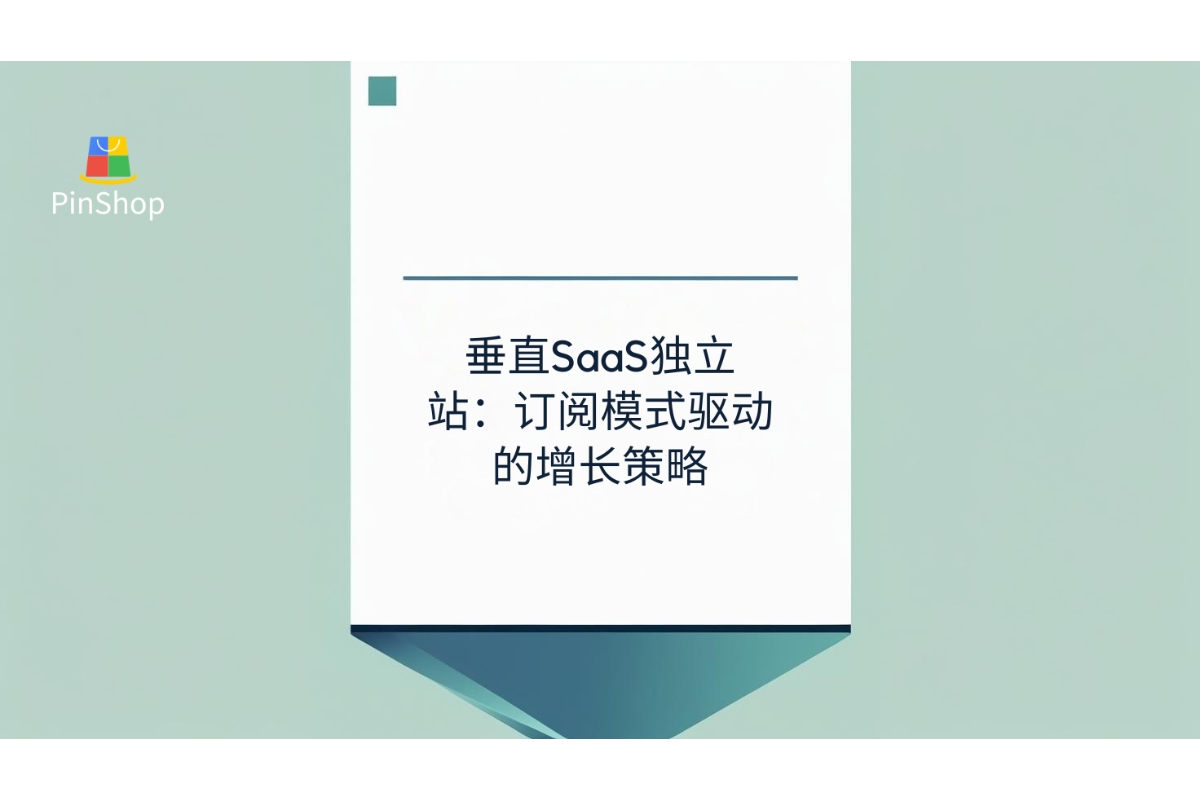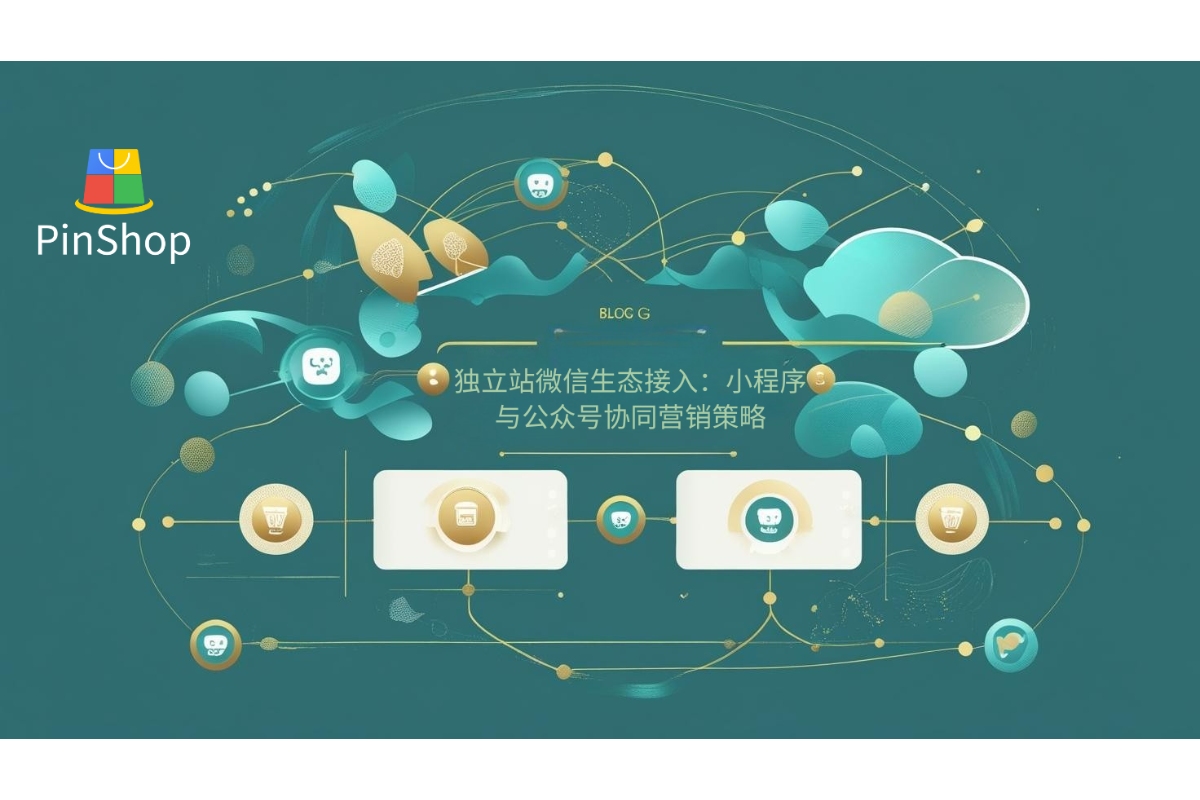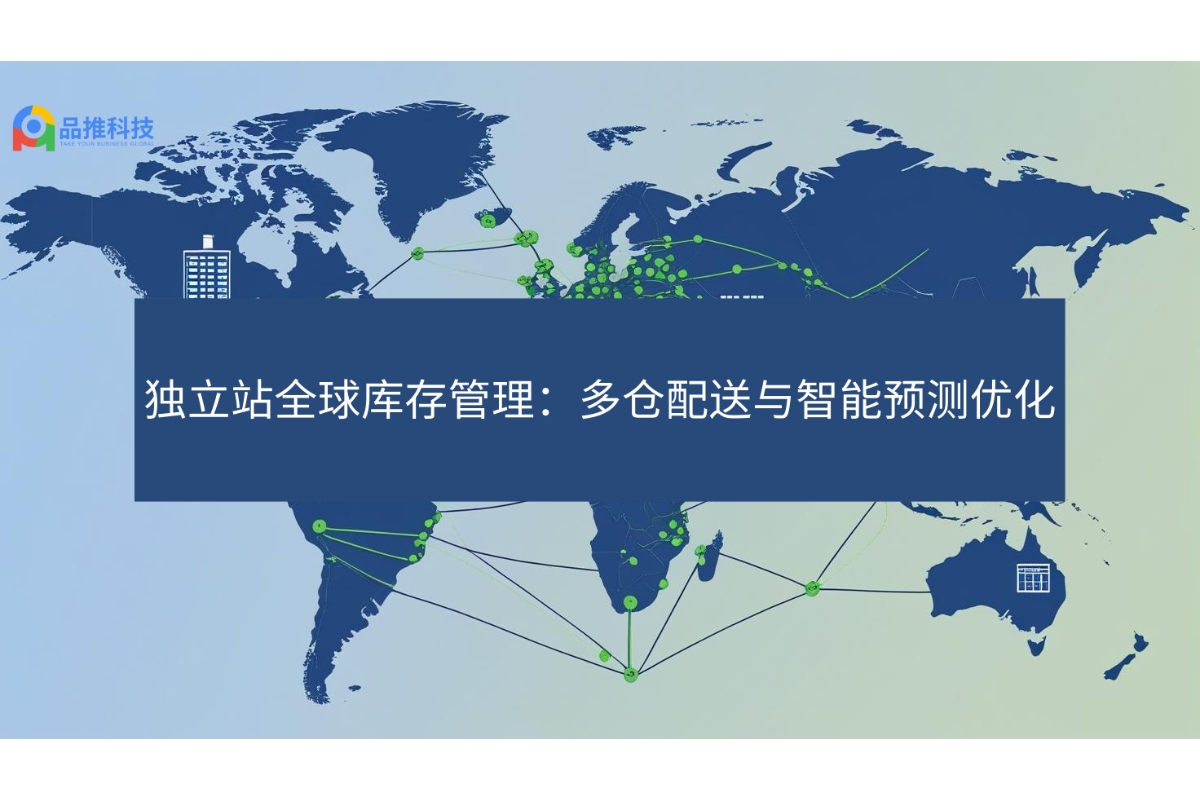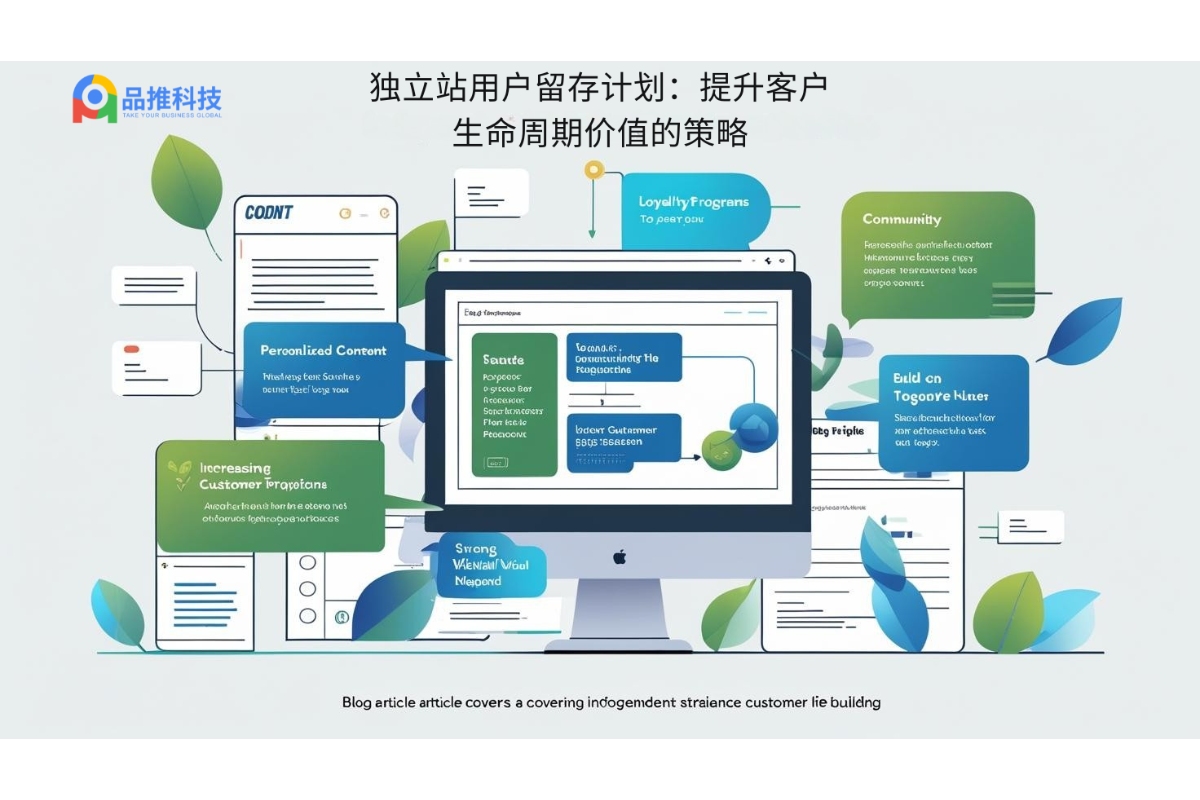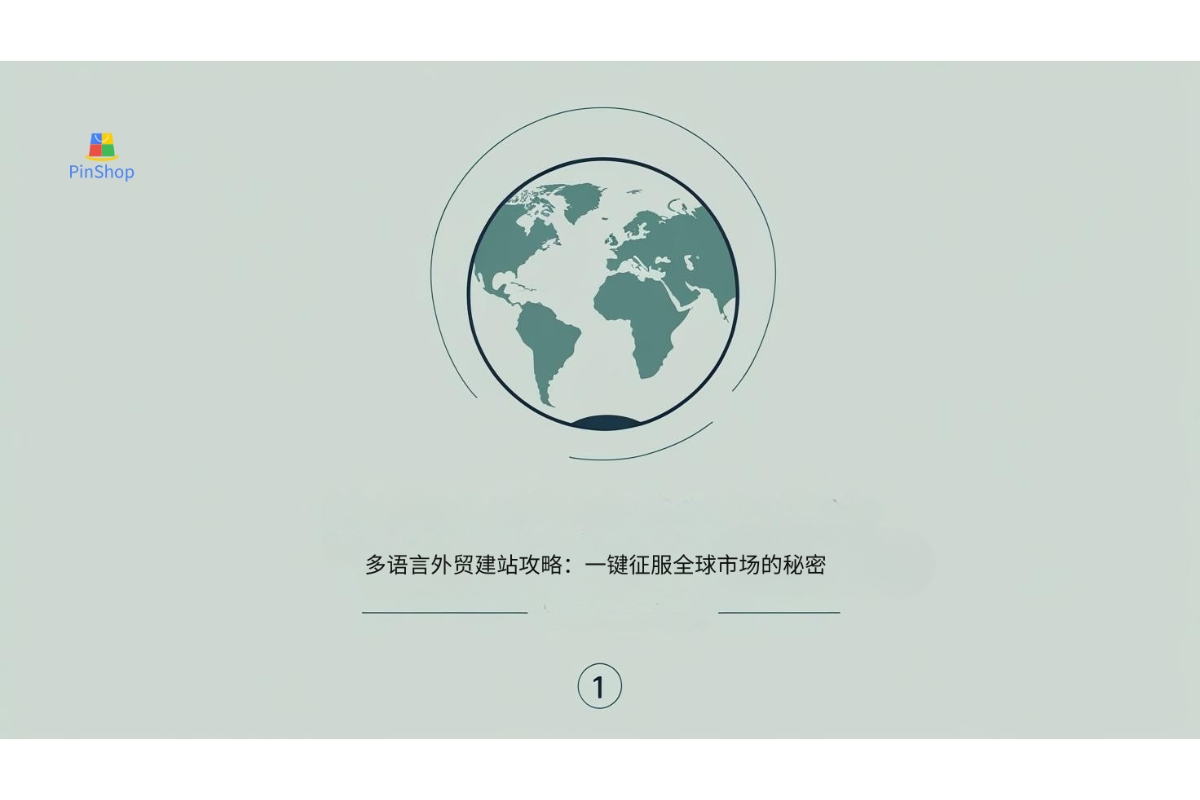1. Why is multilingualism an inevitable trend in foreign trade website construction?
In the context of globalization, language has become the first hurdle for foreign trade companies to develop across borders.
English remains the international lingua franca, but in non-English speaking markets, customers trust local language websites more.
Localization is not only about translation, but also about adapting to culture, payment methods and consumption habits.
Data from Statista shows that more than 72% of overseas consumers prefer to place orders on websites in their native language, which directly proves the huge driving force of multilingual foreign trade website construction on conversion rates.
2. How to improve SEO performance by building a multilingual foreign trade website?
Many businesses mistakenly believe that multilingualism is just a “customer-friendly” add-on, but in reality, it’s crucial for SEO.
Multilingual keyword coverage : allows websites to achieve higher rankings in search engines in different languages.
Hreflang tag application : helps search engines identify different language versions and avoid duplicate inclusion.
Localized content creation : not just translation, but also generating native content based on local search habits.
Google Search Central emphasizes that multilingualism and localization are important means to improve a website’s international ranking and user experience.
3. Key Points for Multilingual Implementation in Foreign Trade Website Construction
1. Focus on both translation and localization
Translation ensures basic communication, and localization ensures customer trust.
This includes adaptation of currency, measurement units, address formats, and payment methods.
2. Technical architecture support
Adopt responsive design and multi-language switching module.
The URL structure is clear: for example, “/en/” and “/es/” distinguish different language versions.
3. Linking content and marketing
When using social media and advertising, use multilingual content that matches your website.
Keep your website and external promotions consistent to avoid customer confusion.
Research by the China Academy of Information and Communications Technology (CAICT) shows that foreign trade websites with multilingual support have an average organic traffic that is over 40% higher than that of monolingual websites.
4. Common Misunderstandings of Multilingual Foreign Trade Website Construction
Relying solely on machine translation : Ignoring context and cultural differences, resulting in rigid content.
Ignoring local SEO : Only doing literal translation without keyword layout for the target market.
Unplanned maintenance costs : After launching multiple languages, there is a lack of a continuous update mechanism.
These problems not only damage the customer experience, but also affect SEO weight, resulting in the investment not being converted into actual results.
5. How to formulate a multilingual foreign trade website building strategy?
Phase 1: Core market priority <br data-start="1445" data-end="1448">Select the 2-3 most critical language versions for the target market and launch them first.
Phase 2: Gradual expansion <br data-start="1487" data-end="1490">Expand to more languages based on traffic data and business development.
Phase Three: Forming a closed loop <br data-start="1526" data-end="1529">Multilingual website + localized advertising + social media operations to form a global customer acquisition closed loop.
Research by the World Trade Organization (WTO) shows that cross-border e-commerce companies that invest more in multilingual and localization construction have an average customer retention rate 28% higher than their peers.
Recommended related articles: Foreign trade customer acquisition software + independent website: traffic conversion golden combination
Multilingualism isn't just a nice-to-have for building a website for international trade; it's a must-have in a company's globalization strategy. Research from Statista , Google , CAICT , and the WTO shows that building a multilingual website for international trade can significantly boost traffic, conversions, and customer trust.
👉 If you're looking to quickly build a website for international trade that supports multilingualism, localization, SEO optimization, and intelligent content updates , we recommend using the Pinshop platform . It can help business owners and international trade decision-makers quickly overcome language barriers, making it easier for global customers to find and trust you.

